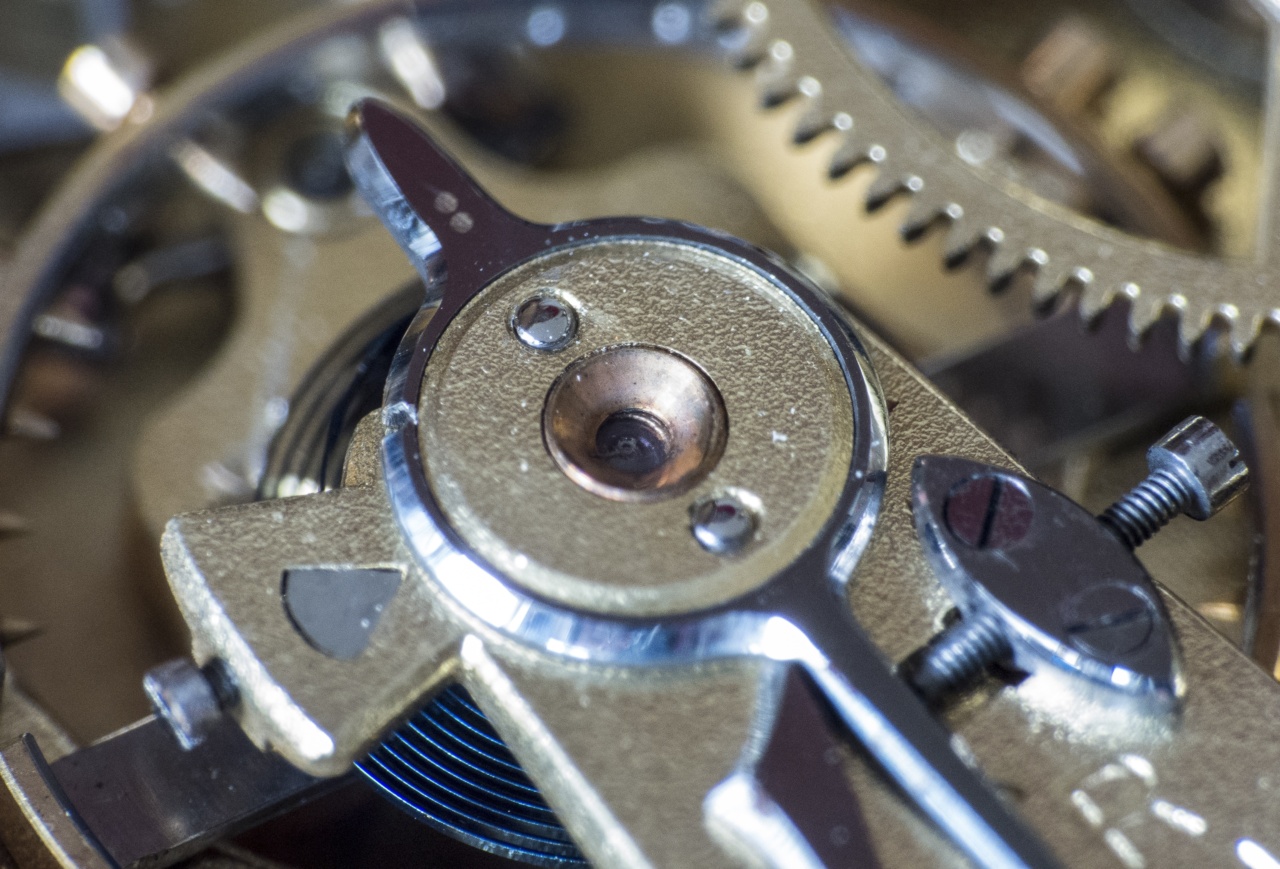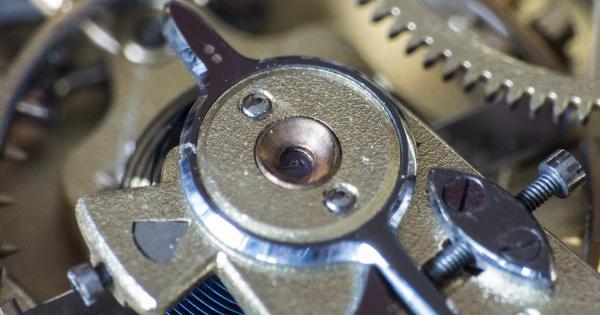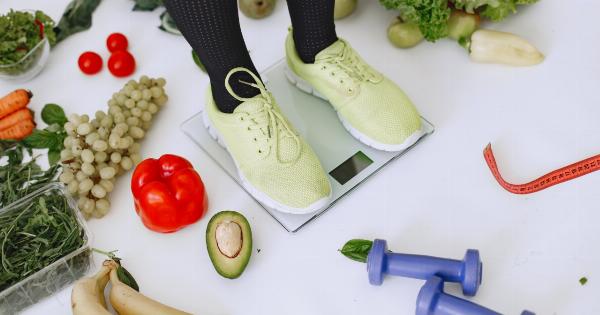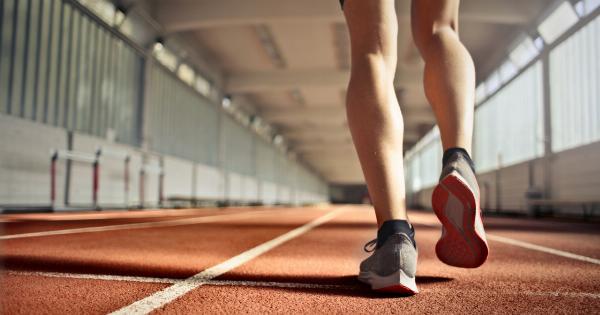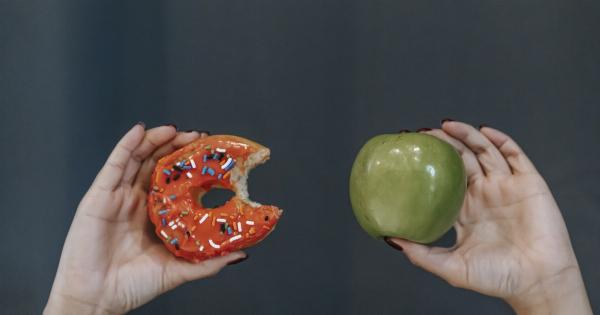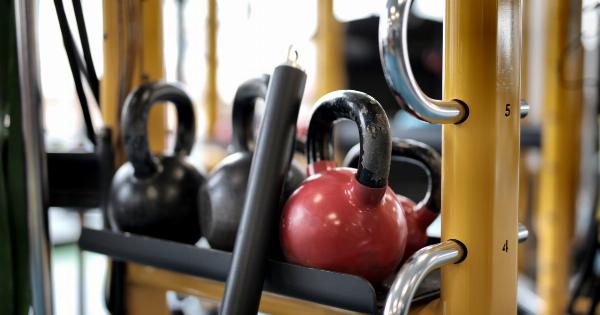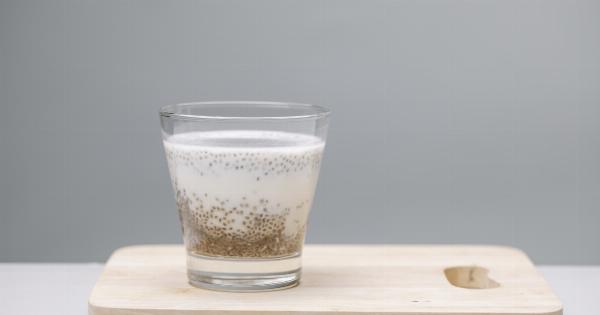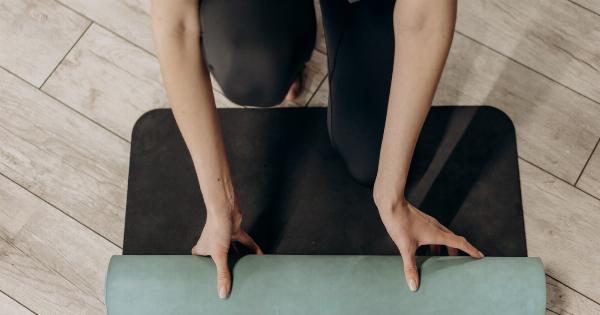Iron is an essential mineral that plays a crucial role in the formation of red blood cells and hemoglobin, which carries oxygen throughout your body.
Without enough iron, your body can’t produce enough red blood cells, leading to anemia, fatigue, weakness, and other symptoms. If you’re struggling to get enough iron in your diet, adding these four movements can help.
1. Squats
Squats are an excellent way to build lower body strength and increase your heart rate. This movement targets your quadriceps, hamstrings, and glutes, but it also engages your core muscles as you work to maintain balance.
When you perform squats, your body requires a significant amount of oxygen and energy, which can help boost your iron levels.
Additionally, squats can increase your muscle mass, creating a greater demand for iron. Muscles require iron to carry oxygen to the cells and perform work.
By building muscle through squats, you can improve your body’s ability to use iron and reduce your risk of anemia.
2. Deadlifts
Deadlifts are another effective movement that targets many of the same muscles as squats, including the glutes, hamstrings, and quads. This movement requires you to lift a weight from the floor, using your legs, hips, and back muscles.
Deadlifts are a compound movement, meaning they work multiple muscle groups at once, making them a great way to maximize your workout time while burning calories.
Like squats, deadlifts can help increase muscle mass, leading to a higher demand for iron. By performing deadlifts regularly, you can improve your ability to use iron efficiently and reduce your risk of anemia.
Additionally, deadlifts can help strengthen your bones, which is essential for maintaining iron levels as you age.
3. Lunges
Lunges are a popular lower body movement that targets your quadriceps, hamstrings, and glutes. This movement involves stepping forward with one leg, bending both knees, and lowering your body towards the floor.
Lunges can be performed with or without weights, making them an excellent choice for beginners or those looking to add variety to their workout routine.
Like squats and deadlifts, lunges can help increase muscle mass, leading to a greater demand for iron. Additionally, lunges require significant amounts of oxygen and energy, which can help improve your iron levels.
By adding lunges to your workout routine, you can build strength, burn calories, and support healthy iron levels.
4. Kettlebell Swings
Kettlebell swings are a compound movement that targets your glutes, hamstrings, and lower back muscles. This movement involves swinging a weight from between your legs up to shoulder height using your hips and legs.
Kettlebell swings are a high-intensity movement that requires significant amounts of oxygen and energy, making them an excellent way to boost your iron levels.
Like the other movements on this list, kettlebell swings can help increase muscle mass and improve your body’s ability to utilize iron.
Additionally, kettlebell swings can help improve your cardiovascular health, making them an excellent choice for overall fitness.
Conclusion
Maximizing your iron intake is essential for maintaining optimal health and avoiding the symptoms of iron deficiency. Adding these four movements to your workout routine can help you build strength, burn calories, and support healthy iron levels.
Remember to listen to your body and start slow, gradually increasing intensity and weight over time.
